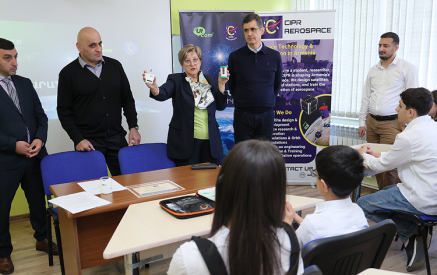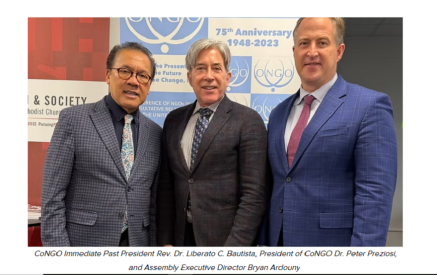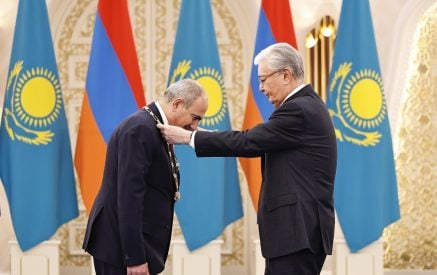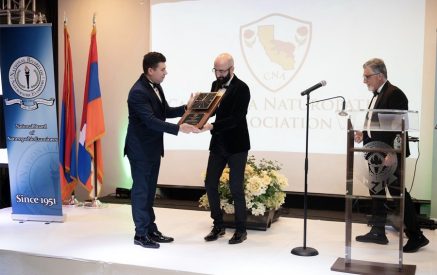emaxhealth.com. Have you ever wondered why some men never marry, while others do and stay happily married through thick and thin, not to mention raising children? Scientists believe they may have the answer, according to a new study published this week in the Proceedings of the National Academy of Sciences.
The study found that oxytocin, often referred to as the “love hormone” because it’s released during sex and other affectionate moments, increases the social bond between humans, as well as other mammals. Researchers for the study also discovered that oxytocin apparently strengthens a man’s attraction to his romantic partner. This held true even when men were shown photographs of other women. The study involved 20 male participants who had been in a committed relationship for an average of at least 28 months. The men inhaled one of two different nasal sprays – one containing oxytocin, and the other containing a placebo. After taking a whiff of one of the sprays, the participants were shown photographs that included either their partner, another woman they did not know, or a house. The other woman in the photograph was similar in attractiveness to the man’s partner, so as not to make one look better than the other. Next, the men were shown photographs of their significant other or other women they knew who were not relatives, such as a friend or co-worker. After viewing these photos of women’s faces, the men recorded the level of attraction they felt to each one. On a consistent basis, the men ended up rating their significant other as better looking and sexier than the women in the other photos – and the attractiveness of their woman was increased in the men who inhaled oxytocin, compared with those who took a whiff of the placebo.
However, what the research team found especially interesting was the effect that oxytocin had inside the brains of the male participants, as the portions of the brain that control reward and pleasure were greatly activated when the men saw photos of their romantic partners faces, although the exact opposite occurred when they were shown photos of the other women. Indeed, when the men who whiffed oxytocin viewed pictures of other women, they actually experienced decreased feelings of pleasure. This was evident by the look on the men’s faces, which mirrored what was going on inside their brains. As study author Dr. Rene Hurlemann explained, oxytocin acts on the reward center of the brain, which can be seen on a man’s face as he lights up in the presence of his romantic partner. Dr. Hurlemann, a professor of psychiatry at the University of Bonn in Germany, added that there has to be a way to keep males and females attracted to one another because “sexual monogamy is actually quite costly for males.” Accordingly, Dr. Hurlemann said that there has to be some kind of benefit and reward for staying monogamous since “reward is actually the strongest motivation underlying human behavior.” During sexual intimacy, the body releases a flood of oxytocin and dopamine, both of which aid in the formation of bonding and a sense of closeness, suggesting that sex and other intimate acts, such as hugging and hand-holding, can go a long way toward strengthening and sustaining a strong bond between couples. Although some couples find the amount of sexual activity between them decreases with age, engaging in other affectionate gestures like kissing, hugging, holding hands or just looking lovingly into your partner’s eyes can help to “get back that loving feeling” or otherwise maintain it during a period of sexual waning or, in some cases, abstinence. Dr. Hurlemann certainly thinks so, saying that hugging and touching our romantic partners may be the only reason couples are able to maintain high levels of oxytocin in their relationship over time.
Teresa Tanoos























































